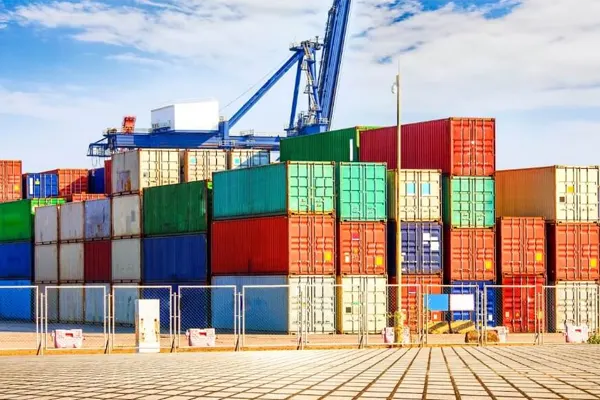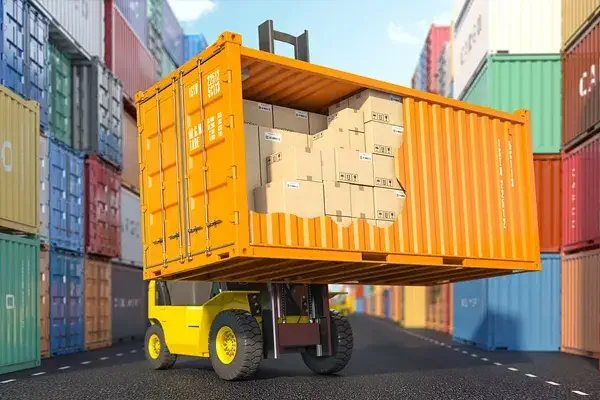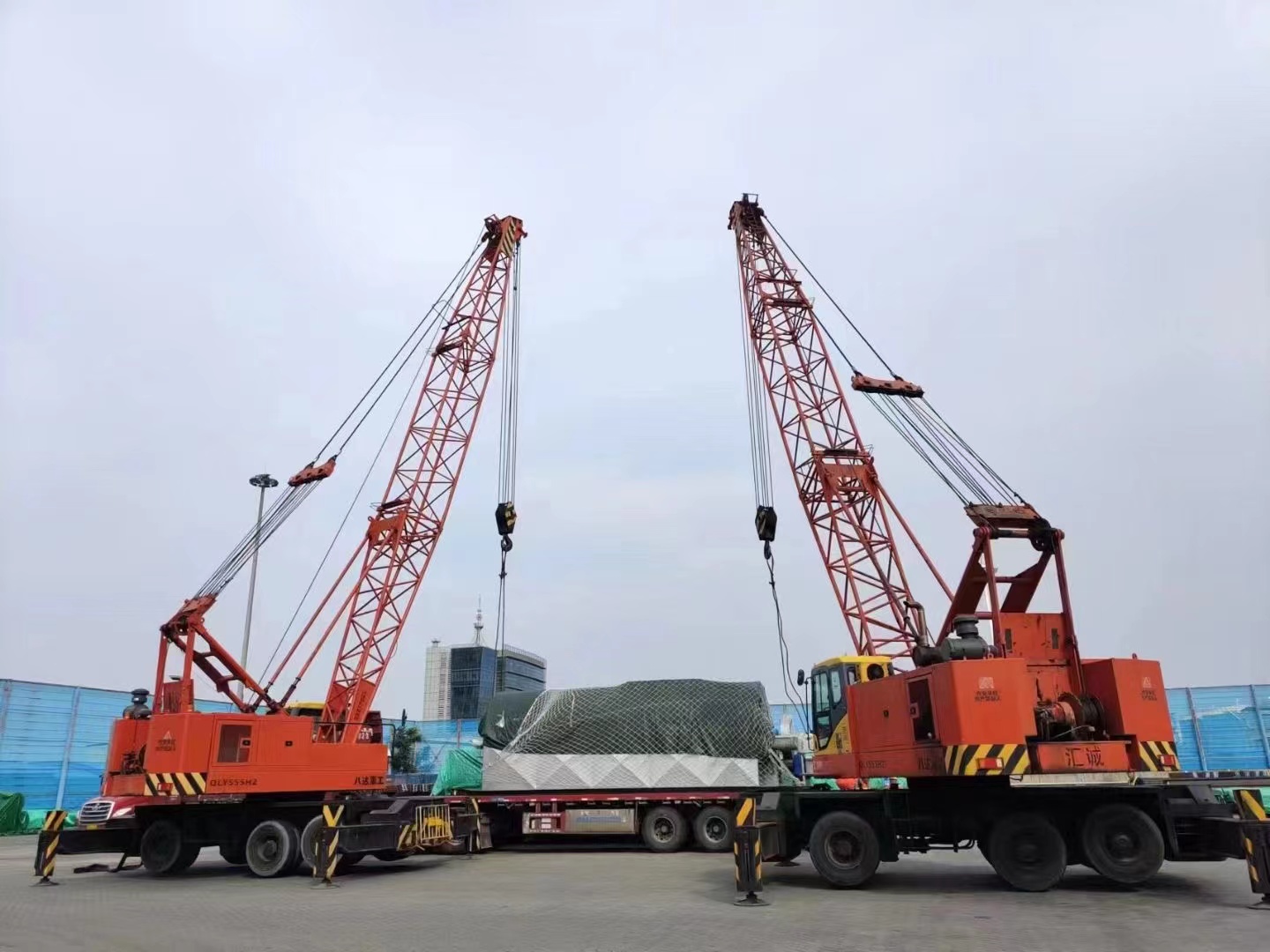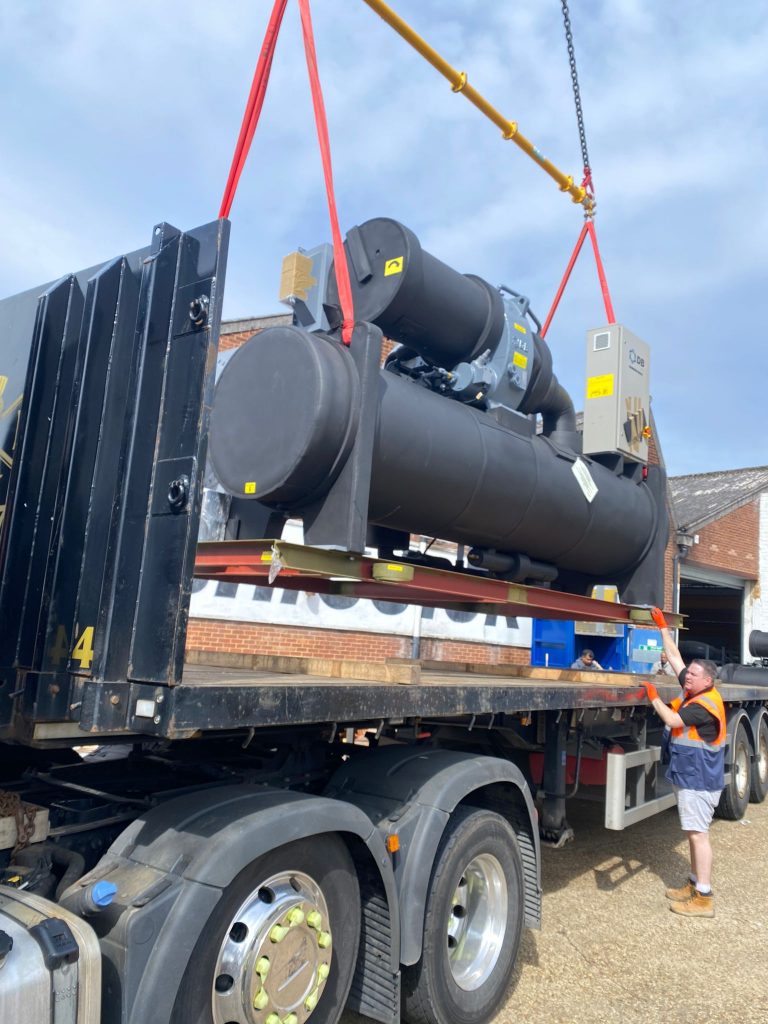Sea Rates Freight Forwarder in Malaysia
with better shipping rate from Malaysia
- Competitive ocean freight and stable space
- The destination charge is lower than the market price for LCL.
- Free warehouse service.
- Container loading supervision service in any city inMalaysiaa.
- Vast experience in out of gauge (OOG) goods shipping.
- Door to door service.
Get a free ocean freight inquiry now
FCL Sea Rates Freight Forwarder in Malaysia
FCL is describe shipments that consist of a “full container load,” or a shipment that only has one consignee in a single container and is not being shared with other shippers. Standard container sizes are 20′ and 40′ containers; both sizes offer standard and high cube sizing.TNS can provide you fcl Sea rates freight forwarder in malaysia
- Provide container packing guidelines based on the size and gross weight of your goods
- Provide container loading supervision services
- Provide door-to-door, door-to-port, port to port, and port to door services
- Provide warehousing services
LCL Sea Rates Freight Forwarder in Malaysia
When your cargo is less than the loading capacity of the container and not enough to fill 20 feet or 40 feet of container space, you should choose LCL transportation. Your goods will be loaded in the same container as others’ goods, and the shipping costs will be shared proportionally. Tns can provide LCL sea rates forwarder in malaysia
- Professional container mixing services
- More competitive LCL sea freight prices
Bulk cargo Sea Rates Freight Forwarder in Malaysia
- Especially suitable for bulk cargo
- Can accommodate a large amount of goods, improving transportation efficiency
- Convenient loading and unloading, saving loading and unloading time
- Strong flexibility, suitable for various shapes and sizes of goods
OOG (Out of Guage) Sea Freight Shipping from Malaysia
If your goods are of huge size or have bulky protrusions that are not suitable for standard containers, you should choose to ship oversized goods by sea. It is recommended to choose over limit transportation for goods such as wind turbine blades, trailers, aircraft parts, construction machinery, and power generation equipment. Tns can provide OOG sea rates forwarder in malaysia
- Excess cargo is safer and more stable during sea transportation
- Avoiding congestion caused by oversized goods during land transportation
- Overlimit goods can be loaded onto open top containers or frame containers
Roll-On Roll-Off Sea Freight Shipping from Malaysia
Roll on/roll off shipping services are the best choice for car shipping. TNS has many years of experience in this field and is the preferred choice for roll on/roll off ship sea rates forwarder in malaysia services in Malaysia.
- We cooperate directly with the shipowner, making sea freight more affordable
- Years of experience in roll on/roll off ship transportation ensure the safety of your vehicle's transportation
- Reasonable loading space ensures stable transportation
How much does sea freight cost?
The price of sea rates forwarder in malaysia is influenced by many factors, such as container loading method, cargo volume, cargo weight, sea route, temporary additional fees, and other additional fees. These price fluctuation factors directly lead to significant differences in the final sea freight prices.
1. FCL or LCL ?
FCL is suitable for large-scale freight transportation, providing privacy and security for your goods. The right to use the entire container belongs solely to the shipper, which can reduce the shipping cost of individual items for large quantities of goods. LCL combines your goods with other goods to fill the entire container, and your LCL sea rates are relatively low. It is suitable for sea transportation of small quantities of goods, and the transportation method is relatively flexible.
2. Cargo weight and Cargo volumn
3. Sea route
4. Temporary Additional Fees
5. Other Additional Fees
What are the Incoterms for sea freight?
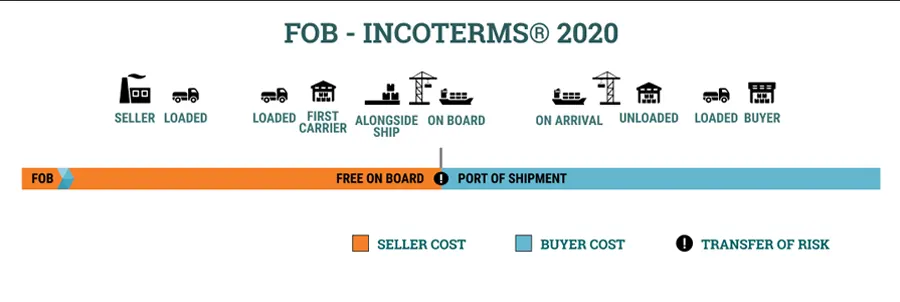
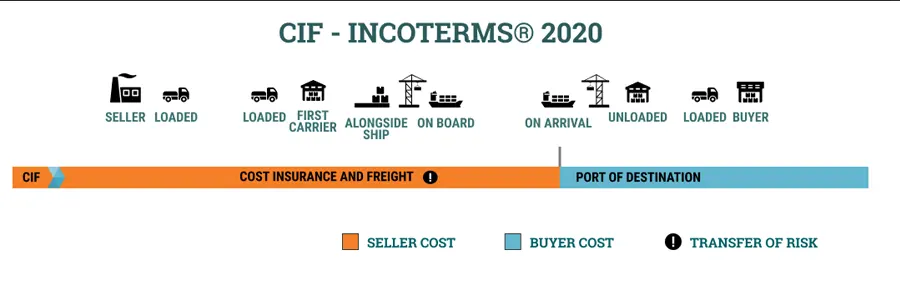
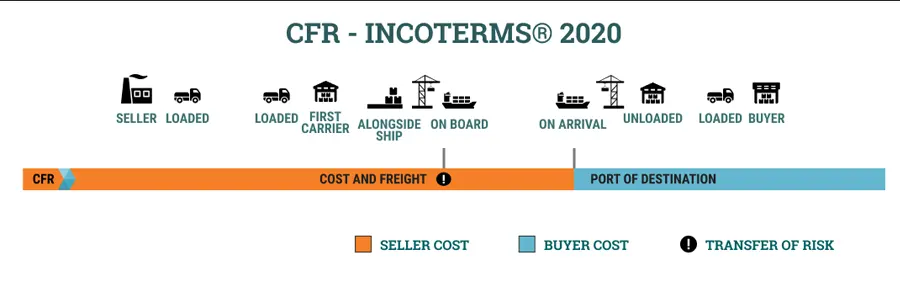
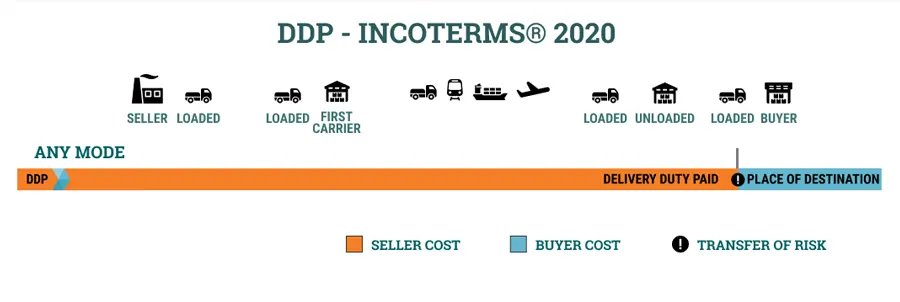
How to choose the best sea freight forwarding service provider?
1. Cargo Type
2. Maritime route network
3. Ocean freight budget

4. The reputation of a shipping agency
5. Communication and service skills
6. Contract Review
International Container Shipping Process: The Step by Step Guide
1. Cargo hold booking
2. Transport of goods to the dock
3. Container loading
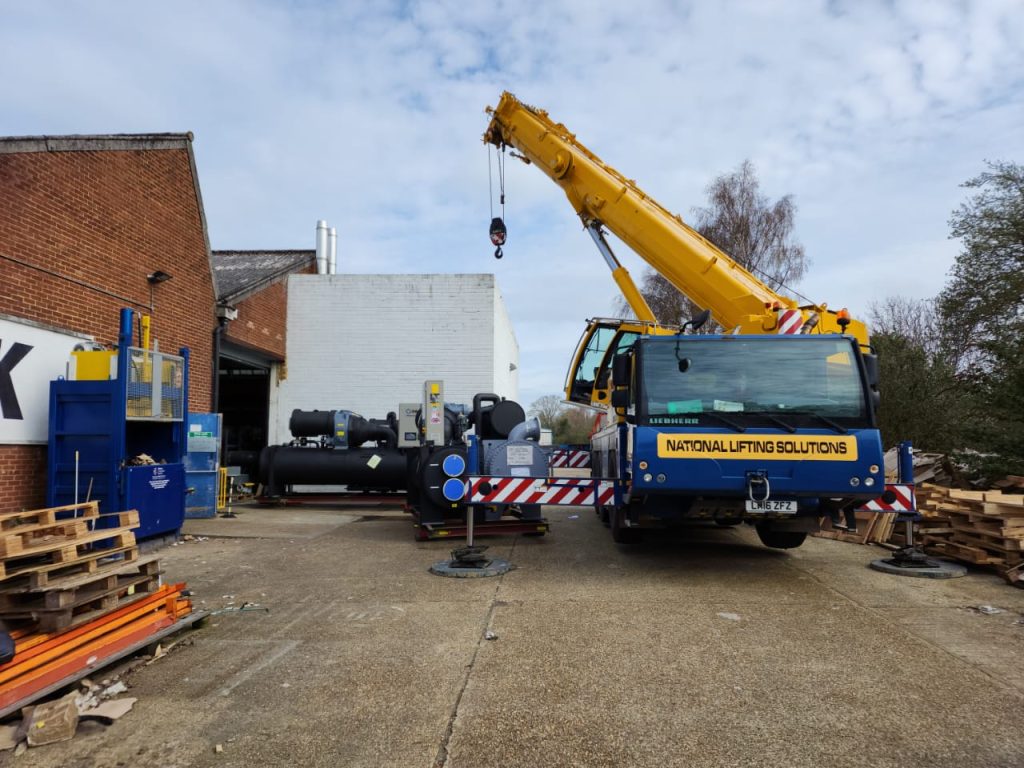
4. Customs inspection and box sealing
5. Issue ocean bill of lading
6. Container loading and transportation
7. Unloading and picking up cargo
What documents are required for sea Freight ?
1. Freight bill of lading (B/L)
A bill of lading is a document with legal effect. It is a proof of ownership of the goods and a proof of the contract of carriage between the shipper and the carrier. Bill of Lading, abbreviated as B/L. The Bill of lading is one of the most important documents of presentation of credit .By Sea is Master B/L & House B/L . By Air is Air Way Bill (AWB).
2. Commercial invoice
A commercial invoice is an important document used for customs clearance. It provides essential information about the exported goods, such as their description, value, quantity, and terms of sale. Customs authorities use this invoice to assess applicable taxes, duties, and import regulations.
3. Container Packing list
A Container Packing List details the contents of a shipping container, including goods descriptions, quantities, weights, dimensions, and packing methods. It helps customs verify contents, ensures compliance with regulations, aids in inventory management, insurance claims, and efficient unloading.
4. Certificate of origin (C/O)
A Certificate of Origin (C/O) is a document that proves where your goods were made. It’s important for international trade, helping determine tariffs and trade rules. Customs in the importing country use it to verify the origin of the goods
5. Insurance certificate
An Insurance Certificate proves your shipment is insured during transport. It details the coverage, value of the goods, and policy terms, protecting your shipment against damage, loss, or theft.
Special sea freight routes
Have Anything To Ask Us?
Please fill in your email in the form and we’ll get back to assist you soon!

